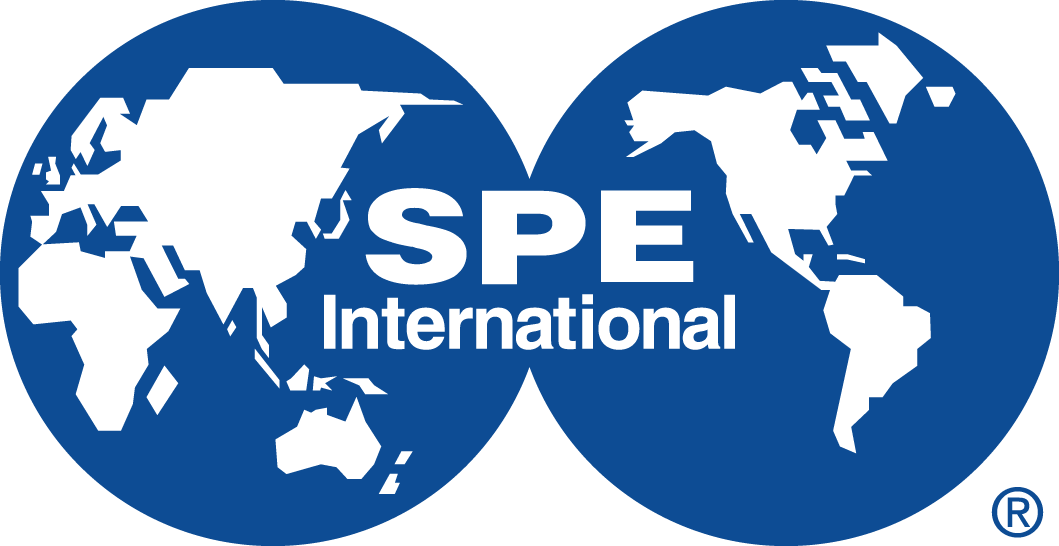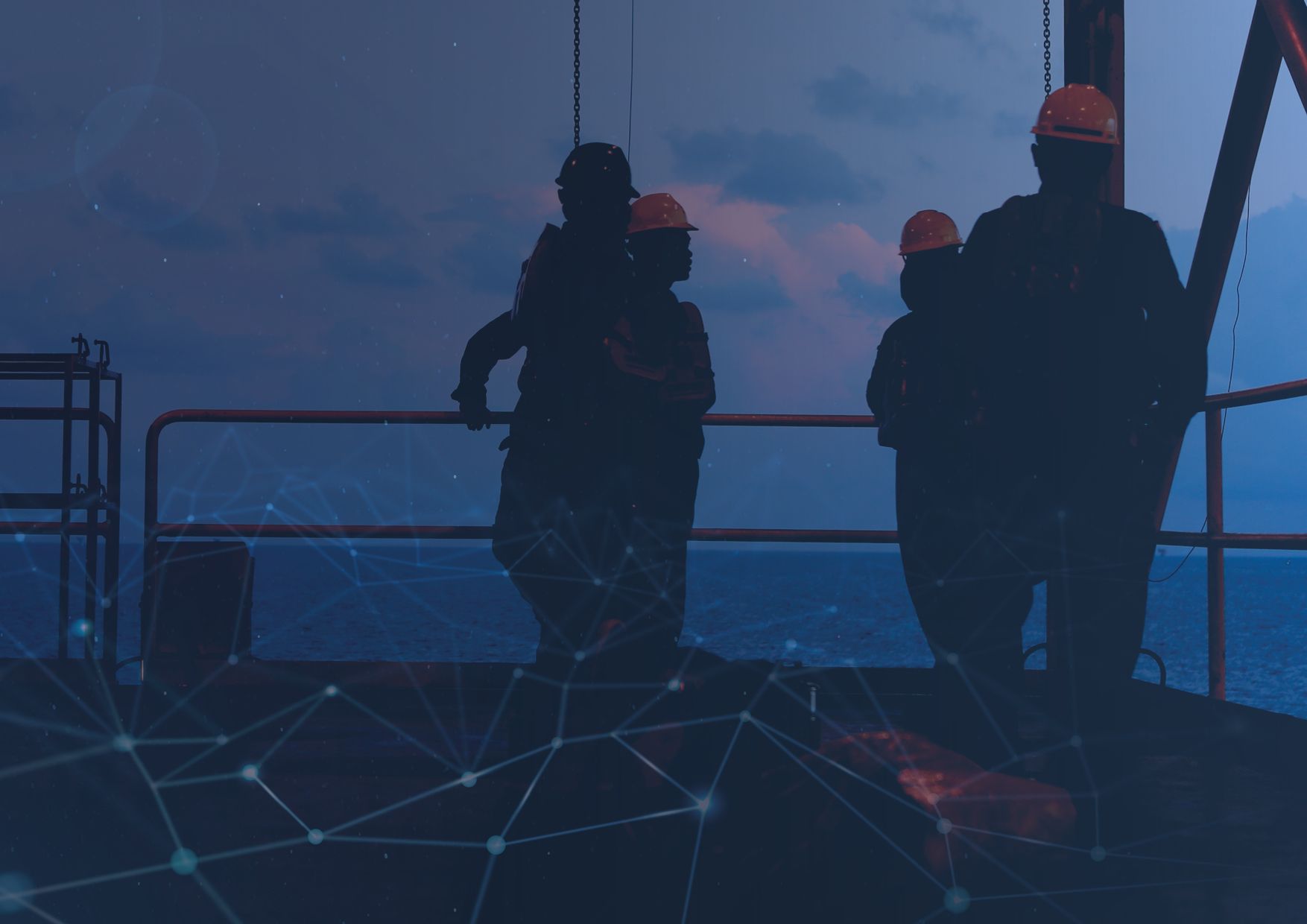In the current economic landscape, the oil and gas industry faces mounting challenges in cost reduction, safety enhancement, and production optimization—particularly in deepwater assets—while navigating the ongoing energy transition. Achieving higher levels of operational efficiency and safety in well interventions has become paramount. This involves streamlining processes, diversifying solution portfolios, and enhancing equipment and service availability.
A growing emphasis on well integrity has further fueled the demand for well intervention activities, driven by evolving regulatory requirements and advances in associated technologies.
The complexity of heavy workover interventions, such as those in the Brazilian pre-salt environment, combined with well integrity considerations, creates a need for effective remediation and integrity assessment techniques. New technologies play a crucial role in reducing operational expenditures in well interventions by utilizing cost-effective methods for subsea fields.
As wells continue to age, it becomes essential to evaluate their remaining useful life and the condition of their equipment, taking into account factors that may necessitate the development of a new well, the plugging and abandonment (P&A) of the existing one, or the execution of a workover to extend the productive life of the current well.
To integrate these disciplines effectively, new tools and techniques are available and under development. However, the question remains: are we fully leveraging the potential of what can be achieved in the realms of well integrity and well intervention?


